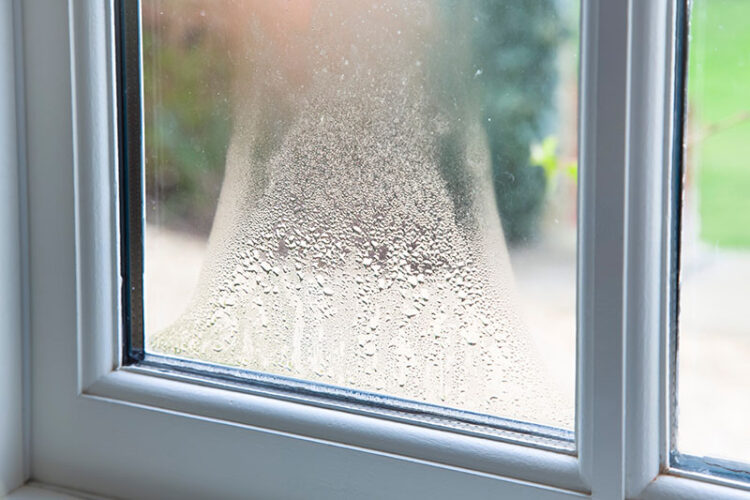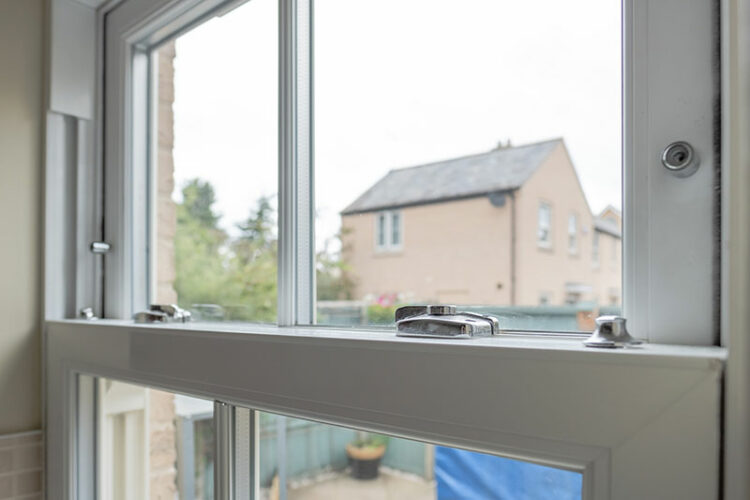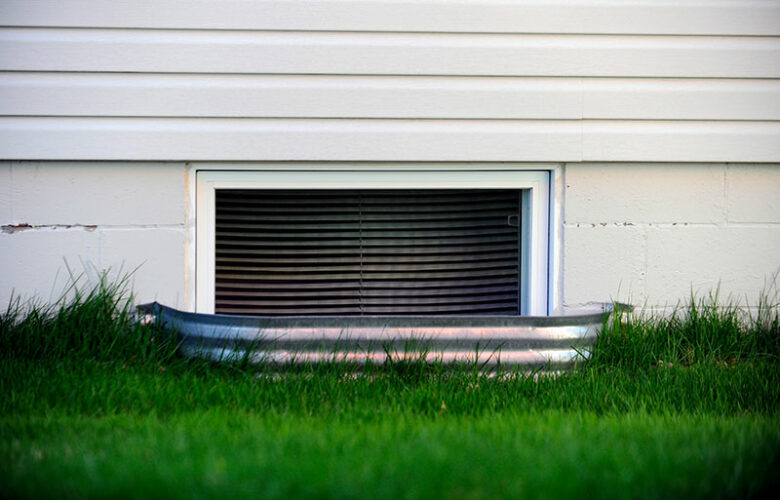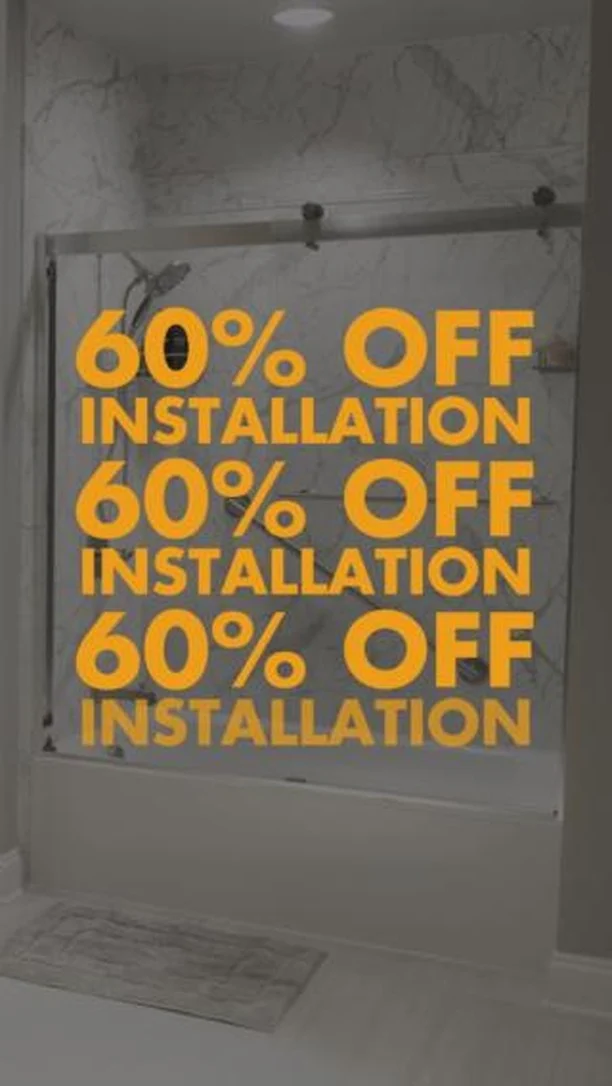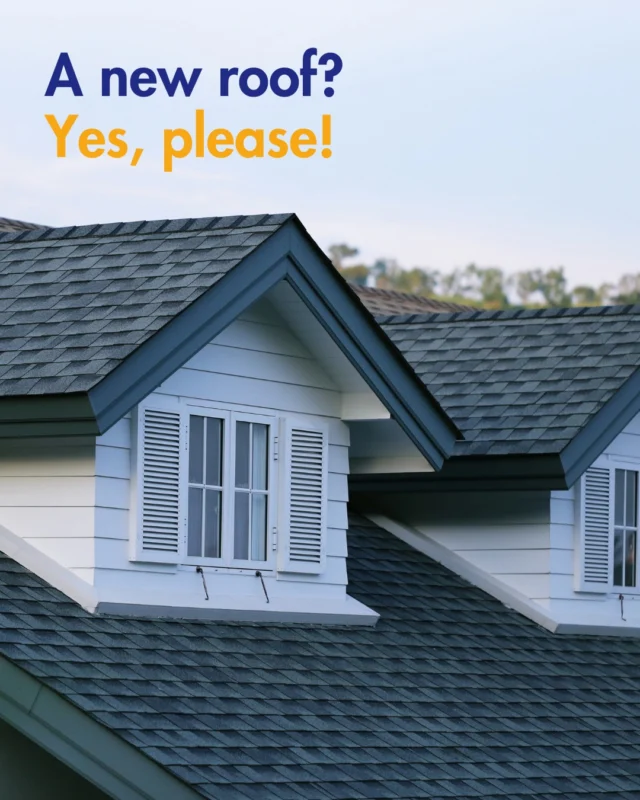Egress Windows: a Comprehensive Guide
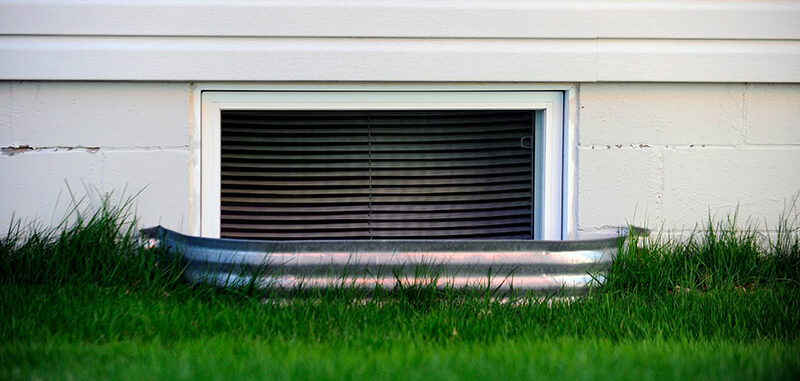
Every bedroom in your home should include at least two unblocked exits. Egress windows are a clever, affordable way to address that need. The additional exit point acts as an evacuation route that could one day save your life.
The importance of egress windows in basement safety
Egress windows are a legal requirement in basement bedrooms. Not only do they provide a safe escape route, but also the natural lighting to prevent falls in emergencies. First responders often use them as a route into your home, but they have aesthetic value too, brightening your living space and overcoming humidity.
Get a Free Estimate Today
60% off installation. Special financing available. See details.
Requirements and regulations for egress windows
The size and placement of your egress opening must meet international building codes. It needs:
- A width of at least 20 inches.
- A height of at least 24 inches.
- A clearing of at least 5.7 feet squared.
- A sill no larger than 44 inches from ground level.
If one window doesn’t fulfill these requirements, multiple structures can be used.
Different types of egress windows
Egress windows can meet more aesthetic preferences than you might think:
- Casement egress windows are hinged and open outward to the side. They offer exceptional ventilation and are the perfect solution when wall space is at a premium.
- Single-hung and double-hung egress windows slide open on an upper or lower sash. They’re ideal if the ground level lacks the space to accommodate a hinged design.
- Sliding egress windows operate on a horizontal track. They’re highly customizable but can be difficult to clean.
- Awning egress windows open from a top hinge with a lockable sash. They provide an impressive amount of exit space and ventilation.
Installation of egress windows: a step-by-step guide
Your egress window installation could require you to cut an opening into your home’s foundation. This is challenging work best reserved for seasoned professionals. If you’re taking the DIY route, your process will include several key steps:
- Outline your window’s dimensions, making sure there’s ample room to install a support beam.
- Dig a hole according to your measurements and place your drain holes.
- Cover your support wall in plastic before drilling your centerlines.
- Place your well.
- Predrill your foundation holes and anchor your well.
- Caulk and seal your seams.
- Install your well cover.
- Check your measurements again before installing your frame.
If your egress window requires excavation, you can expect your installation to take about three days. You can reduce your costs by using an egress kit. These products are expertly engineered to provide structural integrity, so they produce safer results.
DIY tips and precautions for installing egress windows
An old carpenter’s adage says, “Measure twice, cut once.” Precision is everything, so be exacting with your planning. Your window should meet international codes, so make sure your wells have the necessary projection for your window type. Window wells are prone to warping, but you can overcome that tendency by placing your well on level ground.
Enhancing egress window functionality
If you’re digging at below ground level, you’ll need a window well with sturdy barriers. Window wells can be built from:
- Plastic: This is an affordable option that’s easy to install. Plastic needs frequent maintenance, though, particularly if it must bear the weight of surrounding soil.
- Steel: Corrugated products are leak-resistant and tough, offering a lifespan of up to 30 years. They’re prone to rust, so they demand regular patching.
- Fiberglass: If your window is exposed to plenty of sunlight and rain, fiberglass will resist it. It’s lightweight and easy to install.
- Concrete: No material can rival the strength of concrete, which can incorporate stone layers for drainage.
Your well will need a cover to protect your interior from Mother Nature. Three options dominate the market:
- Flat covers are unobtrusive and prevent falls.
- Dome-shaped builds shed water easily, preventing damage.
- Atrium covers are installed above ground level, allowing room for casement windows.
- Grates are removable, allowing thorough cleaning. They also encourage ventilation for musty basements.
Value and benefits of egress windows
Egress windows do more than just allow you to market your home legally. They elevate your property’s resale value by an average of 10% to 20%. They give your dank basement a brightened, marketable aesthetic while providing an emergency exit.
Choosing the right egress windows for your needs
Egress windows are available in a host of styles and materials, but if you’re exacting, they’re also highly customizable. Casement windows are winning in the popularity stakes, and you can order them according to your home’s existing openings. Window selection is a complicated affair, so always speak to your friendly contractor about the best option for your needs.
Nee help with a window project? Schedule a free estimate with 1-800-HANSONS.
Related article:
Are casement windows better?


